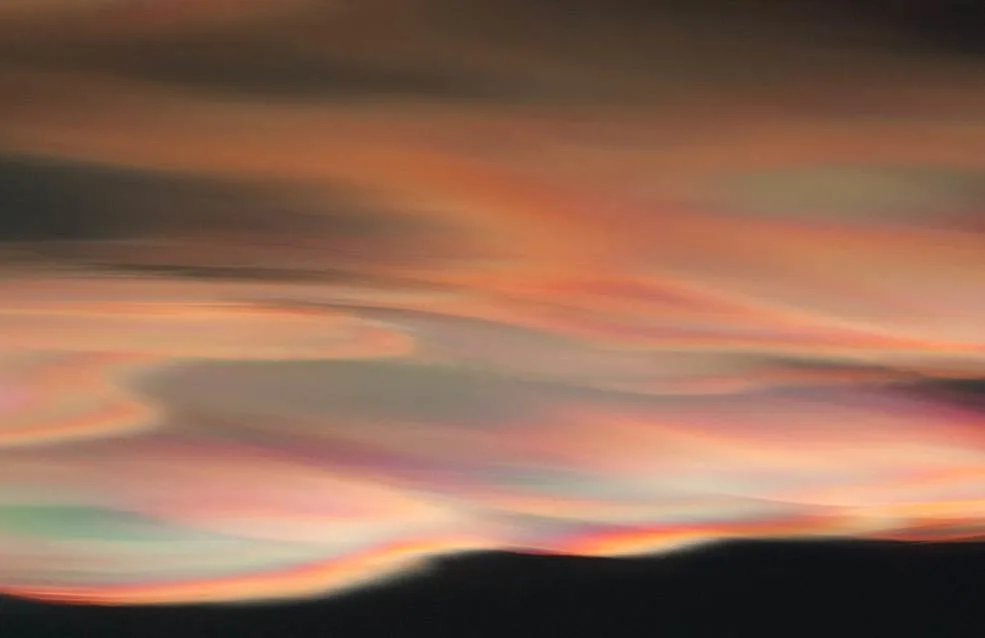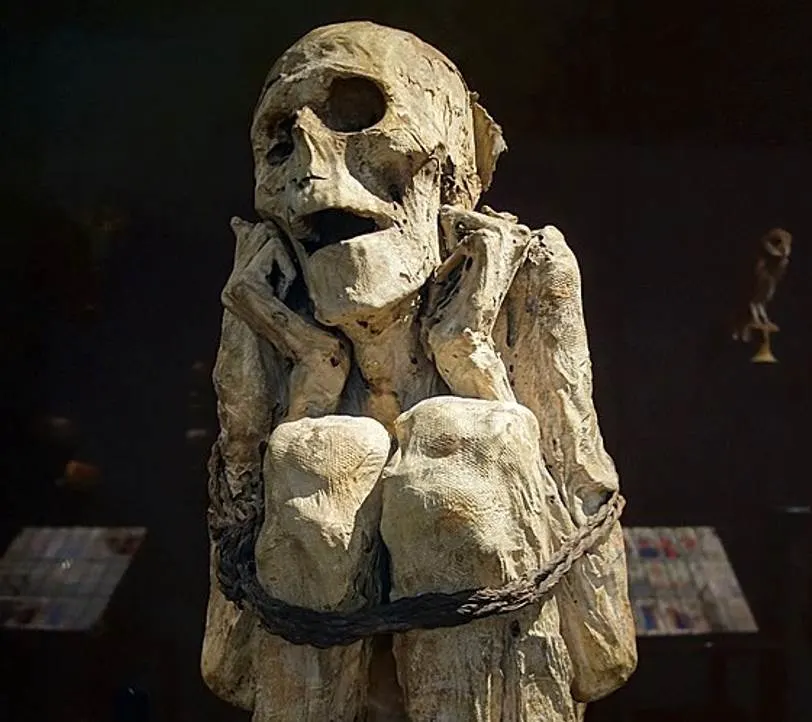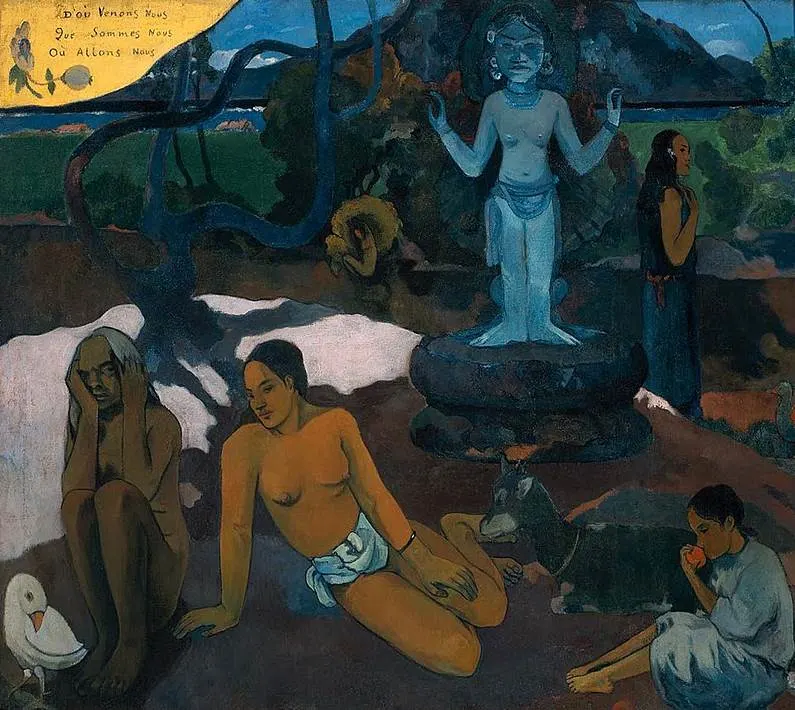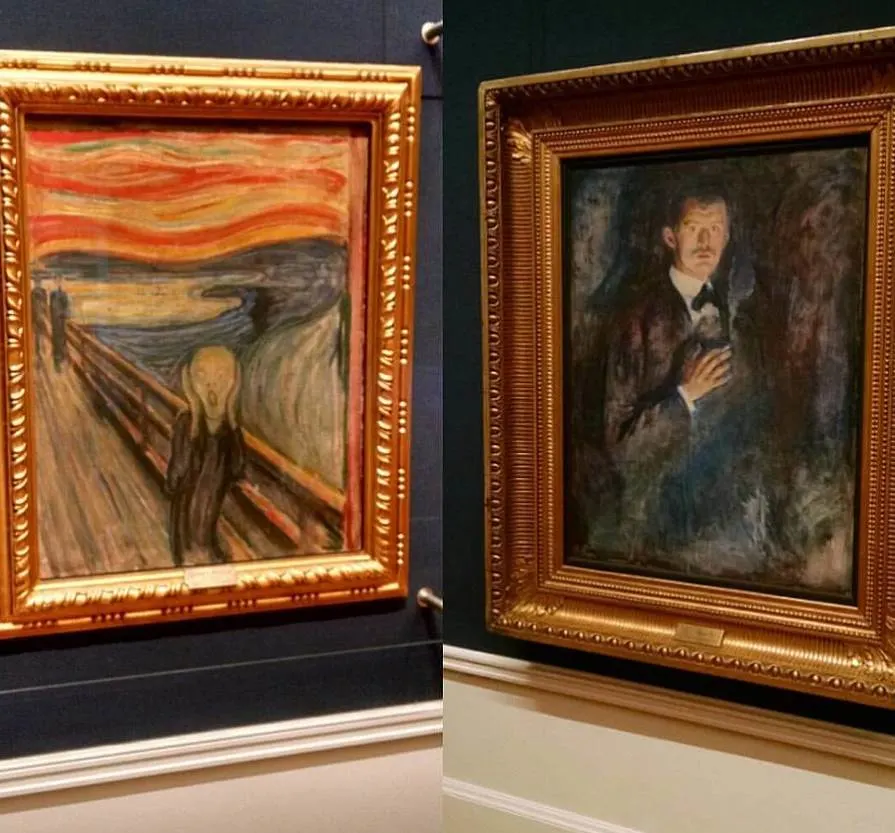Very few paintings in art history have had such a profound effect on an art movement as these remarkable works by a renowned Norwegian artist.
Edvard Munch (1863-1944) produced the first version of this Expressionist painting in the late 19th century and replicated it several times in the following years. It became the epitome of the ideals of Expressionist artists.
Let’s take a closer look at some of the most interesting facts about The Scream, a series of powerful Munch artworks that have some interesting stories to tell.
1. There are 5 versions and the first was completed in the year 1893
The Scream is without question the most famous work by Edvard Munch, the eccentric Norwegian artist who is considered to be the founding father of Expressionism.
He made 4 major works on the same subject which are defined by a peculiar character holding its head while appearing to be screaming in agony. The red sky in the background gives the works a remarkable atmosphere.
I use plural terms because Munch produced 4 different types of works, including two in pastels and two oil paintings. He also created a lithograph stone that produced prints.
Here is an overview of the different versions of The Scream artworks in the order they were created:
1893 – Pastel on cardboard – 74 x 56 centimeters (29.1 x 22 inches)

1893 – Oil, tempera, and pastel on cardboard – 91 × 73.5 centimeters (36 × 28.9 inches)

1895 – Pastel on cardboard – 79 x 59 centimeters (31.1 x 23.2 inches)

1910 – Tempera and oil on cardboard – 83 x 66 centimeters (32.6 x 25.9 inches)

2. The lithograph stone of The Scream produced about 4 dozen prints
The artist completed the final version of the 19th century in 1895 before taking a 15-year break. From this version completed in 1895, he also made a lithograph stone.
This stone allowed prints to be produced of this version of the painting and about 4 dozen of these were created before the stone was damaged.

Several of these prints have survived and some were even hand-colored by Munch himself. One of these is part of the collection of the MoMA in New York City but is not on display.

3. The location that inspired the painting has been identified
The painting is known in Norwegian as Skrik or “Shriek” and in German as “Der Schrei der Natur” or “The Scream of Nature.”
These are pretty good titles because the artist described his inspiration for the work as follows:
I was walking along the road with two friends – the sun was setting – suddenly the sky turned blood red – I paused, feeling exhausted, and leaned on the fence – there was blood and tongues of fire above the blue-black fjord and the city – my friends walked on, and I stood there trembling with anxiety – and I sensed an infinite scream passing through nature.
This means that the painting was inspired by something that the artist had experienced. The exact location where the artist stood when the sky turned blood red has been identified as a location overlooking Oslo, the capital of Norway.
Munch described he was tired because he probably claimed the Ekeberg which overlooks the Oslofjord. This makes sense because his sister Laura Catherine had been admitted to a mental asylum at the foot of this hill in Oslo.

4. There are several theories as to what might have inspired the red sky
The artist described that the clouds were turning blood red the moment that he took a break from walking on the Ekeberg. This means that the red sky could potentially be a natural phenomenon referred to as nacreous clouds or “Polar Stratospheric Clouds.”
Two other theories try to explain the remarkable red background of the works.
The eruption of Krakatoa, an extremely active volcano near Indonesia, turned the sky red in various parts of the Western Hemisphere. This eruption happened in 1883, about a decade before Munch produced the first version.
The presence of a mental hospital (the one where his sister stayed at the time), as well as a slaughterhouse, might have evoked the mental image that produced the red sky.

5. The main figure might have been inspired by a Peruvian mummy
One scholar has suggested that the iconic figure holding its hands to its head might have been inspired by a Peruvian mummy.
The mummy he is referring to is one of the mummies in a fetal position that were exhibited at the 1889 Exposition Universelle in Paris. This event was visited by Edvard Munch so he could have seen it there.

Munch wasn’t the only artist inspired by this Peruvian mummy, though. Paul Gauguin integrated a similar figure in over 20 of his paintings, including the old woman in his epic “Where Do We Come From? What Are We? Where Are We Going?” (1897-1898).

6. One of the paintings features a remarkable inscription in the top left corner
The second version of the works is arguably the best recognizable of them all. It was completed in 1893 shortly after the first pastel version and is held at the National Gallery of Norway in Oslo.
This painting features a remarkable inscription that is barely visible in the top left corner. This inscription reads:
Kan kun være malet af en gal Mand!
This translates from Norwegian to “Could only have been painted by a madman!”
It was first assumed that this inscription was made by a visitor to the exhibition but infrared research confirmed that it was added by the artist himself.
He probably included it after the painting was first put on public display in 1895 following the negative criticism it received. After all, he was a sensitive man and wasn’t able to handle criticism well during this period in his life.

7. Both oil paintings have been stolen from the museums they are housed in
The initial criticism quickly turned into praise as Expressionist artists gained appreciation in the early 20th century. Today, the painting is considered to be one of the most famous artworks ever produced.
The popularity of the painting was noticed by some criminals as well, culminating in the fact that both oil paintings have been stolen from the museums they are housed at.
The thefts happened in 1994 and 2004 from the National Gallery and the Munch in Oslo respectively. Both paintings have since been returned to the museums and are on public display.

8. One of the pastel versions of the work was sold for a record amount in 2012
Norwegian businessman Petter Olsen owned the pastel version of 1895, the most colorful version of all works, in 2012. This was the year that he decided to sell this unique work of art.
The auction at Sotheby’s in London went live on May 2, 2012, and bids for made for 12 minutes straight. The final offer came from American Businessman Leon Black who won the auction with a bid of $119,922,500.
This was a record price for a painting at the time. It shattered the record set by a Picasso painting called “Nude, Green Leaves, and Bust” which sold for $106.5 million 2 years earlier.
9. The Scream has been featured in numerous forms of media
The painting is one of the best-known images ever produced and that’s mainly because it has been featured in various forms of media throughout the 20th and 21st centuries.
The masks that are worn by the villains in the “Scream” franchise were based on the painting, as well as the iconic expression of Kevin McCallister (played by Macaulay Culkin) in the classic “Home Alone” (1990).
There’s even an emoji that was created to resemble this iconic painting. 😱
On a deeper level, the painting has been described as the ultimate expression of anxiety felt by people in the modern world.

10. Where are the artworks located today?
If you want to admire a version of The Scream by Edvard Munch then there’s only one place you can go today, Oslo, Norway.
The pastel version of 1893 and the oil painting of 1910 are on display at the Munch Museum in Oslo. The best-recognizable work is the oil painting of 1893 and this one is on display at the National Gallery of Norway.
The Munch Museum was recently relocated into a completely new building in the Bjørvika district in the heart of Oslo. It’s quite a remarkable structure and architectural highlight in the city as well.

